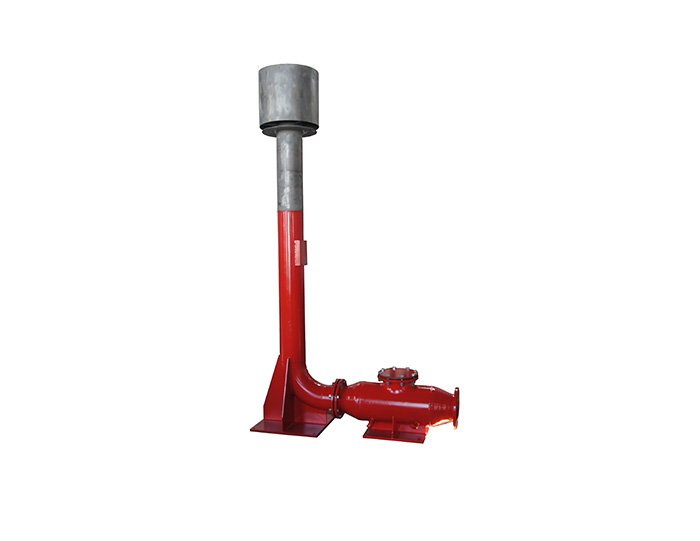Understanding Mud Shaker Tanks in Drilling Operations
In the realm of drilling operations, particularly in oil and gas exploration, the effective management of drilling fluid is crucial. One key component in this process is the mud shaker tank. A mud shaker tank plays a significant role in ensuring the efficiency and effectiveness of drilling operations by managing the drilling mud, which is essential for cooling, lubricating, and stabilizing the drilling bit.
What is a Mud Shaker Tank?
A mud shaker tank, or simply a shaker tank, is a vessel that accommodates the drilling mud after it has been discharged from the wellbore. The primary purpose of this tank is to facilitate the separation of drilling cuttings from the mud. The mud shaker, a mechanical device mounted above the shaker tank, uses vibration and screens to separate the drilled materials from the clean drilling fluid.
The mud contained in the shaker tank typically consists of a mixture of water, clay, and various additives that enhance its properties. As drilling progresses, the mud becomes contaminated with cuttings and other solids, which must be removed to maintain the fluid\'s effectiveness. The process of returning cleaned mud to the circulation system is known as mud recycling or mud reconditioning.
The Importance of Mud Shaker Tanks
Mud shaker tanks are vital for several reasons
1. Efficiency in Operations Effective separation of drilling cuttings from the mud ensures that the drilling fluid remains viable for reuse. This minimizes the need for fresh mud, reducing costs and environmental impact.
2. Maintaining Fluid Properties The quality of drilling mud is critical for optimal drilling performance. Clean mud maintains proper viscosity, density, and chemical composition, essential factors that facilitate efficient drilling.
3. Safety Considerations By ensuring that the drilling mud is consistent in quality, mud shaker tanks contribute to safer drilling operations. Compromised mud quality can lead to equipment failure, blowouts, or other hazardous situations.
mud shaker tank
4. Environmental Impact Efficient mud management helps minimize the environmental footprint of drilling activities. By recycling and reusing drilling fluid, companies can reduce waste generation and enhance sustainability practices.
Components of a Mud Shaker Tank
A typical mud shaker tank comprises several critical components
- Vibrating Screens Positioned atop the tank, these screens are responsible for the initial separation of solids from the drilling mud.
- Tank Structure The tank itself is usually constructed of durable materials to withstand the harsh conditions of drilling operations and to hold substantial volumes of mud.
- Discharge Outlets These allow for the removal of separated solids and the transfer of clean mud back into the circulation system.
- Additive Injection Ports These ports enable the introduction of chemical additives to adjust the mud’s properties as necessary.
Operating Principles
Upon drilling, the contaminated mud flows into the mud shaker tank. The shaker, powered by a motor, vibrates the screens, causing the heavier drilling cuttings to separate and fall into designated compartments for disposal. The lighter, cleaner mud moves through the screens and returns to the tank for re-circulation.
Conclusion
In summary, mud shaker tanks are essential in modern drilling operations, providing an effective means of managing drilling fluid. They ensure that drilling mud remains clean and functional, thereby enhancing efficiency, safety, and environmental sustainability. As the oil and gas industry continues to evolve, the role of advanced mud management technologies, including shaker tanks, will be paramount in optimizing drilling practices and minimizing ecological impact. Understanding the functions and importance of mud shaker tanks is crucial for anyone involved in the field of drilling, as these systems are fundamental to successful and sustainable operations.
 Linear Motion Shale Shaker In Drilling Rig
Linear Motion Shale Shaker In Drilling Rig  Oilfield Mud Cleaner
Oilfield Mud Cleaner  Drilling Fluid Decanter Centrifuge
Drilling Fluid Decanter Centrifuge  Drilling Mud Desander
Drilling Mud Desander  Hydrocyclone Desilter
Hydrocyclone Desilter  Centrifugal Pump/Centrifugal Mud Pump
Centrifugal Pump/Centrifugal Mud Pump  Shear Pump
Shear Pump  Jet Mud Mixer
Jet Mud Mixer  Horizontal Mud Agitator
Horizontal Mud Agitator  Constant Pressure Drilling Fluid Mud Gas Separator
Constant Pressure Drilling Fluid Mud Gas Separator  Mud Gun
Mud Gun  Mud Tank
Mud Tank  Solids Control System Vacuum Degasser
Solids Control System Vacuum Degasser  Flare Ignition Device
Flare Ignition Device  Diesel Tank
Diesel Tank  Submersible Slurry Pump
Submersible Slurry Pump 






































